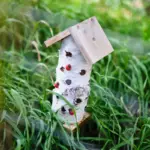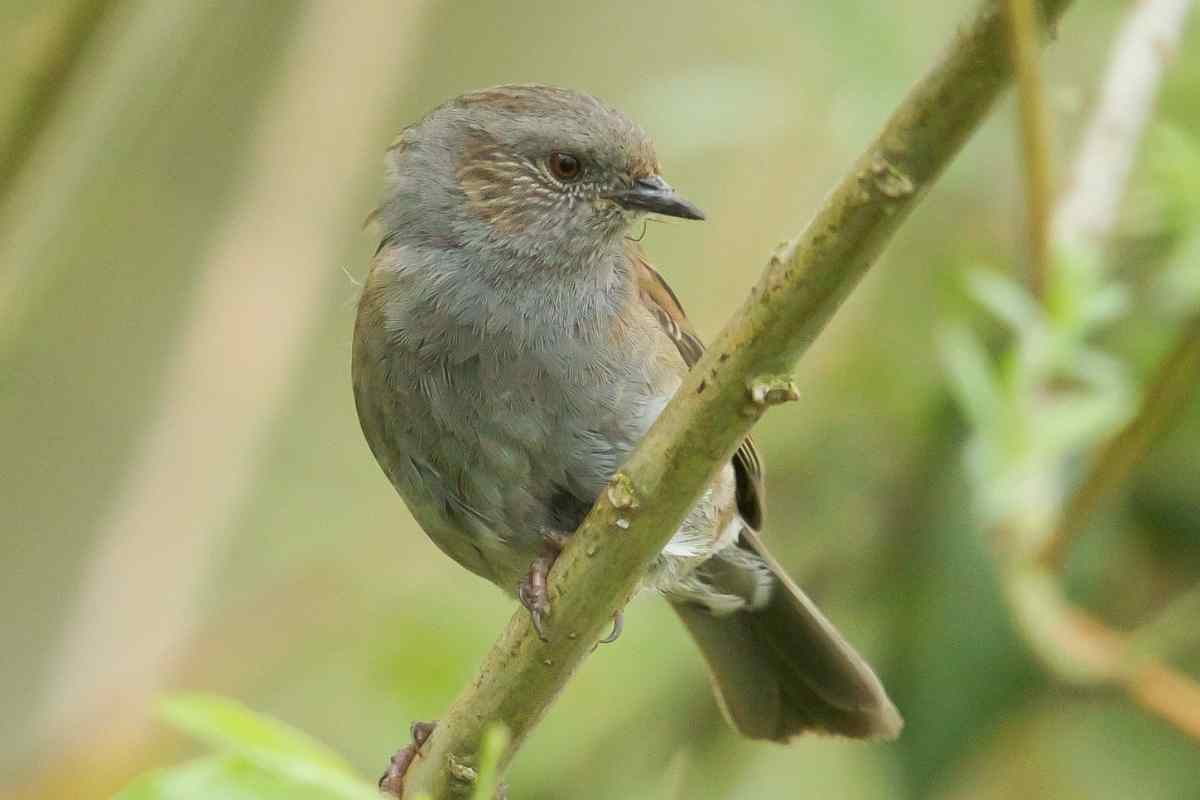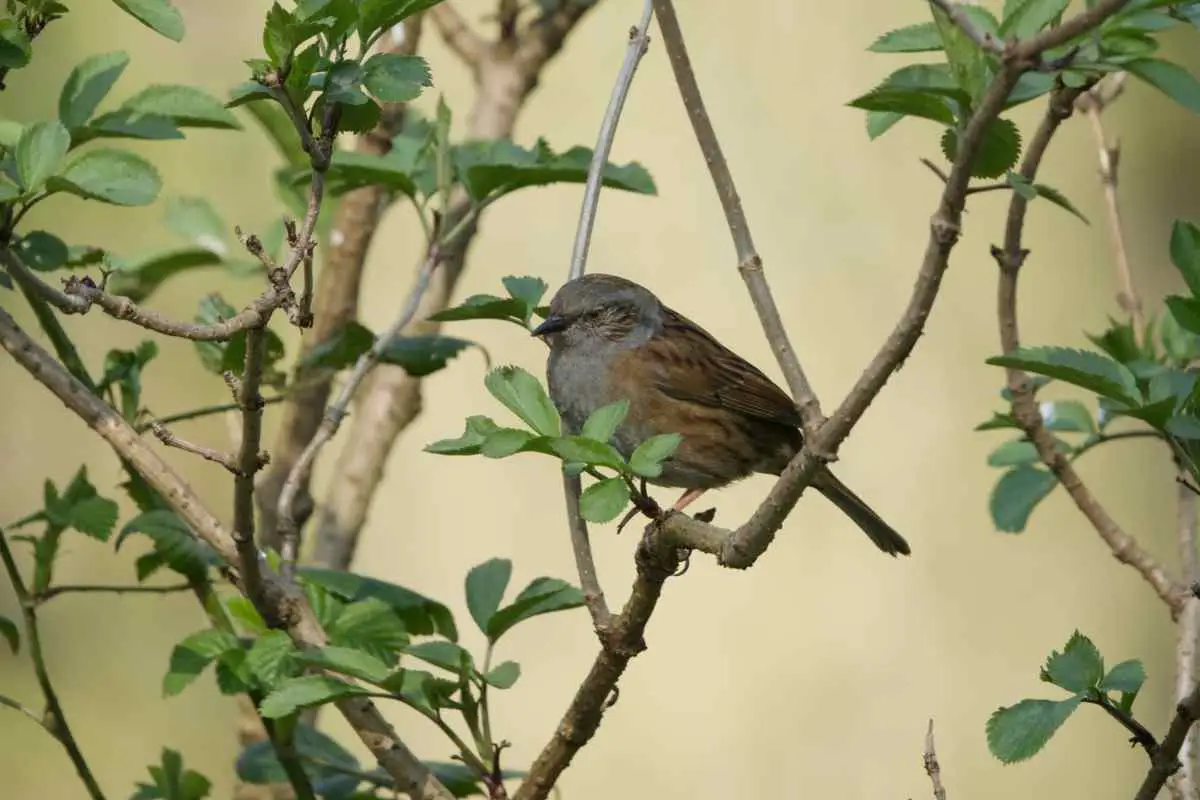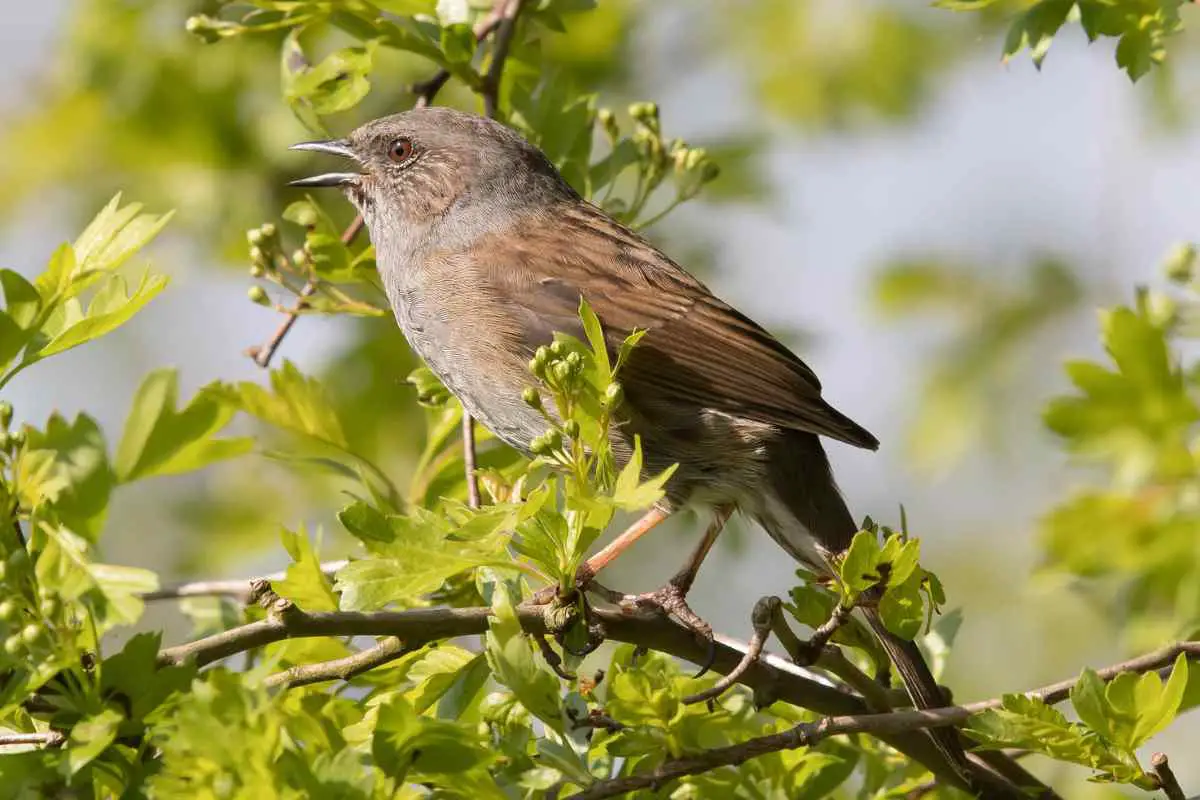Ladybirds are not only pretty but also essential insects for gardeners. These little insects are natural predators of common garden pests, such as aphids, mites, and whiteflies.
Ladybirds lay their eggs in the spring, and their larvae and adult stages can be seen in summer and fall. But what happens to ladybirds during winter?
In this article, we’ll discuss how to protect ladybirds during the colder months by providing them with suitable habitats, specifically ladybird houses.
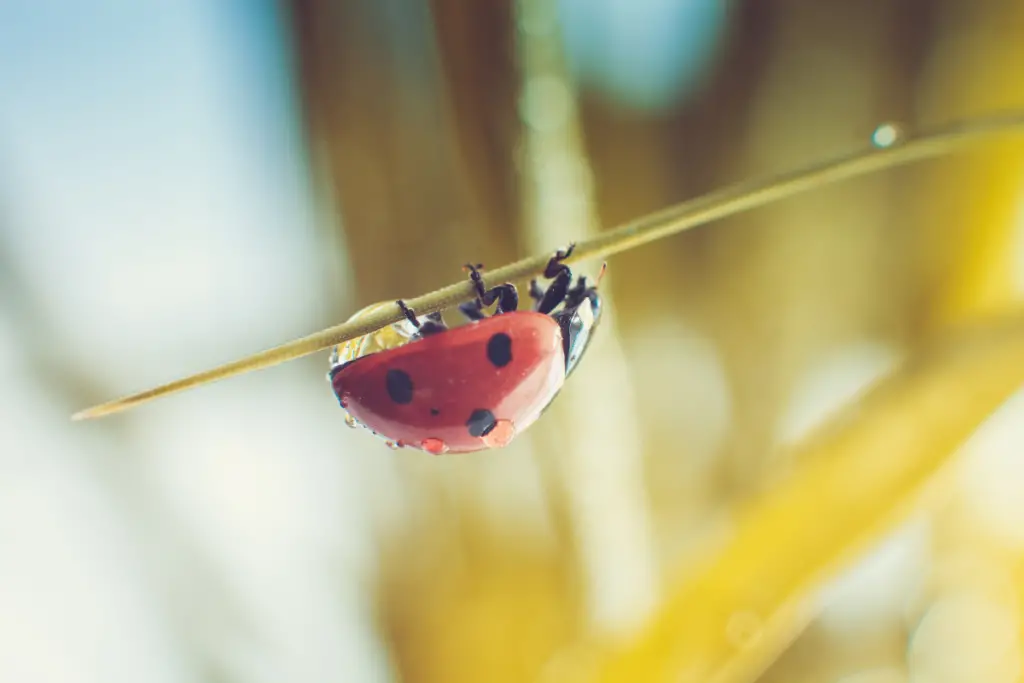
Table of Contents
Ladybird Houses: What Are They and Why Do You Need Them?
What are Ladybird Houses?
Ladybird houses, also known as ladybug houses, are small wooden structures designed to provide a sheltered and safe place for ladybirds to hibernate during winter.
Why Do You Need Ladybird Houses?
Ladybirds are beneficial insects that provide natural pest control to gardens. Ladybird houses provide a protected space for these insects to hibernate and lay their eggs, which increases their chances of survival through winter.
- The insect nest box provide a safe environment where garden creatures can shelter, hibernate and lay their eggs, the insect house can also keep insects from entering your warm room.
- The insect hotel makes it easy to find and observe fascinating creatures. the butterfly, bees and ladybugs can use this product as habitat.
- Dry wood and Bamboo can be home to many insects such as ladybirds and lacewings which eat aphids and help keep your plants pest-free. the insect hotel improve the growth of plants in your yard by attracting beneficial insects.
- The iron design on the top can keep the insect house from rainwater. Let the insect house have a longer useful life and make the insects more comfortable.
- If you only have a balcony or yard, the hanging garden shelter is ideal as it provides a choice of suitable habitats in a small ar
Prices pulled from the Amazon Product Advertising API on:
Product prices and availability are accurate as of the date/time indicated and are subject to change. Any price and availability information displayed on [relevant Amazon Site(s), as applicable] at the time of purchase will apply to the purchase of this product.
Ladybird Houses: How to Choose the Right One?
Types of Ladybird Houses
There are different types of ladybird houses available, including wooden houses, bamboo houses, and ceramic houses. Wooden houses are the most popular, but bamboo and ceramic houses are also good options.
Considerations When Choosing a Ladybird House
When choosing a ladybird house, it’s essential to consider the size, materials, and location. The house should be large enough to accommodate several ladybirds and have small openings to prevent predators from entering.
The materials used should be natural, such as untreated wood, to provide a suitable habitat for ladybirds. The location of the house should be sheltered and protected from the wind.
Ladybird Houses: How to Place Them?
Best Places to Put Ladybird Houses
Ladybird houses should be placed in areas with access to sunlight and sheltered from strong winds. They should be placed near plants that attract ladybirds, such as herbs, flowers, and vegetables. Avoid placing ladybird houses near areas where pesticides are used.
How to Install Ladybird Houses
Ladybird houses should be installed in early fall before ladybirds begin to hibernate. They should be placed in a secure location, such as on a tree or fence, and fastened with screws or wire.
Ladybird Houses: How to Maintain Them?
Cleaning Ladybird Houses
Ladybird houses should be cleaned annually to prevent the spread of disease and parasites. Clean the house by removing any debris and gently washing it with water and soap.
Repairs to Ladybird Houses
Inspect ladybird houses regularly for damage or wear and tear. Repair any damage promptly to ensure the house provides a suitable habitat for ladybirds.
Conclusion
Ladybirds are beneficial insects for gardeners, and ladybird houses are an excellent way to protect them during winter. Choosing the right type of house, location, and maintenance is essential to provide a suitable habitat for ladybirds.
By providing ladybirds with a safe place to hibernate, gardeners can ensure they have a natural pest control system in place for the following growing season.
- How to Build a Planter Box for Bamboo: A Step-by-Step Guide

- Can Robotic Lawnmowers Handle Steep Slopes?

- Do You Need a Specific Lawn for a Robotic Lawnmower? Expert Advice

- Are Robotic Lawnmowers Safe for Pets and Children? Safety Features of Robotic Lawnmowers

- Why Use Robotic Lawnmowers? Advantages of Using a Robotic Lawnmower

- Is the GARDENA SILENO City 300 Cordless or Corded? A Clear Answer












